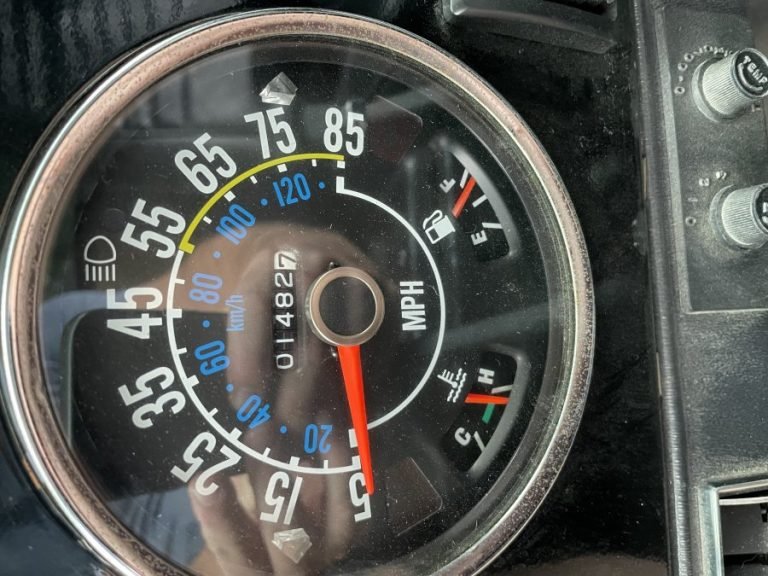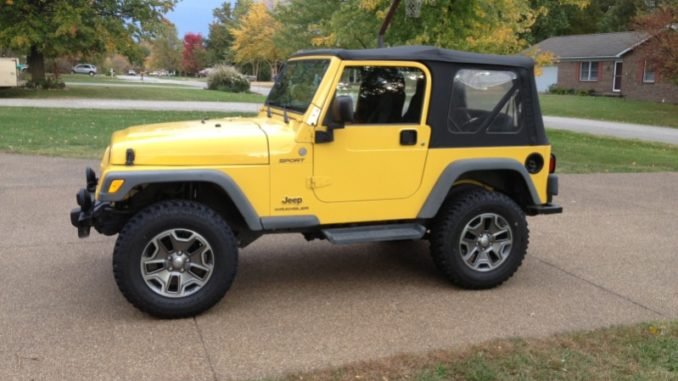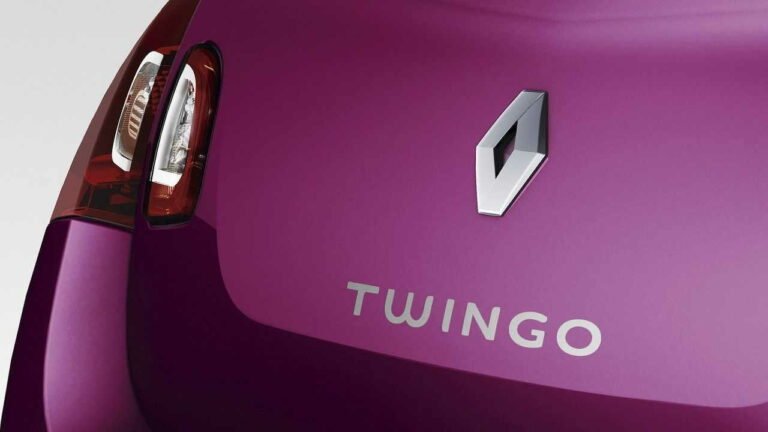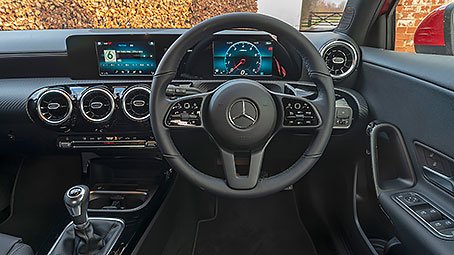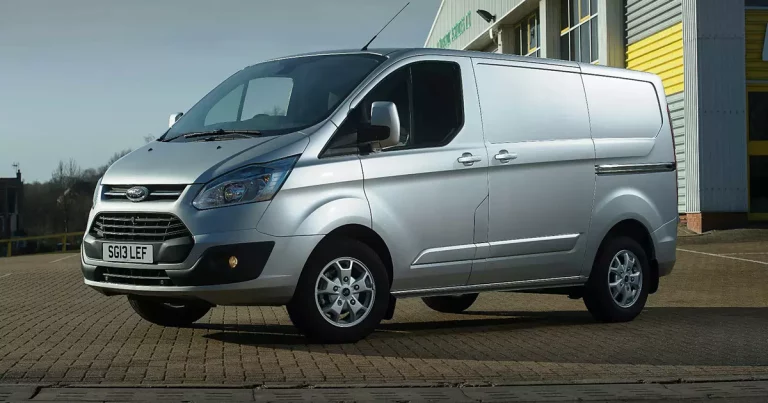Jeep 4.0 Coolant Capacity
The coolant capacity for a Jeep 4.0 engine is approximately 10.5 quarts, equivalent to about 2.6 gallons. This measurement is typically suitable for Jeep models produced between 1992 and 2004 featuring the 4.0 inline-6 engine, such as the Cherokee, Wrangler, and Grand Cherokee. The importance of keeping a vehicle’s cooling system, including the coolant level, in tip-top shape cannot be overemphasized. It significantly contributes to the car’s longevity and ensures the vehicle functions effectively. A vehicle without the right amount of coolant could encounter a range of problems like overheating, which could, in turn, lead to engine failure.

An In-depth Look at Coolant and Its Functions
Coolant, also known as antifreeze, plays a critical role in your Jeep’s operation. It’s a mixture of water and ethylene or propylene glycol. This fluid serves multiple functions, all of which are vital to the vehicle’s performance and longevity.
The primary purpose of coolant is to absorb heat from the engine and then dissipate it through the radiator. Without it, the engine parts would become too hot, leading to overheating and potential severe damage. Coolant also prevents the water in the car’s radiator from freezing in cold weather, which could otherwise lead to engine block cracking – a pretty expensive repair job.
Why the Right Coolant Level Matters
Maintaining the right coolant level is essential. Too much or too little coolant can lead to a variety of problems. When the coolant level is too high, it could lead to increased pressure, which could result in leaks in your cooling system. On the other hand, too little coolant leaves your engine susceptible to overheating. This is because there isn’t sufficient coolant to absorb the excess heat generated.
So, how does one ensure that the coolant level is just right? Well, a vehicle’s coolant level should be checked regularly – at least twice a year – once before summer and once before winter. This should ensure perfect running conditions whatever the weather may throw.
Steps to Check and Refill Coolant in Jeep 4.0
Monitoring and refilling the coolant in your Jeep 4.0 is a simple process that can be done with a few tools and steps:
1. Ensure your engine is cool: Never open the radiator cap when the engine is hot. The coolant can be under pressure and may cause severe burns if it spurts out.
2. Remove the radiator cap: Once the vehicle has cooled down, slowly twist the radiator cap off.
3. Check the coolant level: The coolant level should be up to the brim. If it isn’t, more coolant should be added.
4. Refill the coolant: If the coolant level is low, refill to the appropriate level. Remember not to overfill!
5. Replace the radiator cap: Once you’ve checked and refilled the coolant, securely fasten the radiator cap back on.
6. Dispose of any old coolant properly: Coolant is hazardous to the environment and animals. Dispose of it properly at a local recycling center, or take it to your nearest auto parts store.
Frequently Asked Questions
Q. What type of coolant should I use for my Jeep 4.0?
For a Jeep 4.0, a mixture of 50% water and 50% antifreeze is recommended. It’s designed to lower the freezing point and raise the boiling point of the water in the system.
Q. How often should I change the coolant in my Jeep 4.0?
Most car manufacturers, including Jeep, recommend changing the coolant every 30,000 to 60,000 miles or every five years, whichever comes first.
Final Thoughts
Ensuring that your Jeep 4.0 has the correct coolant capacity is critical to its performance and longevity. Overlooking this aspect could lead to serious issues, including engine failure. By taking some time to understand the importance of coolant, how it works and checking it regularly, you can prevent many of these issues.
Despite it being a simple task, maintaining the right coolant level in your vehicle can end up saving you money on repairs and extending the life of your vehicle. It’s certainly worth the effort!


